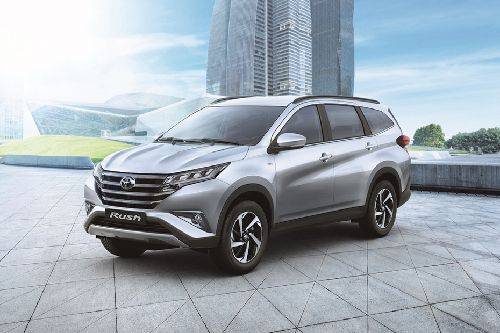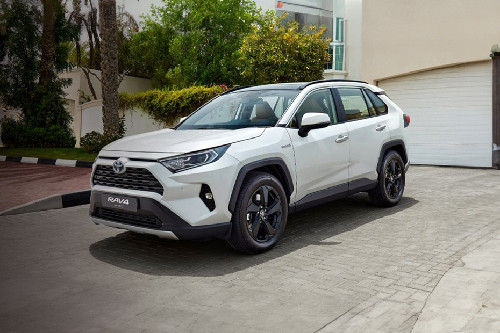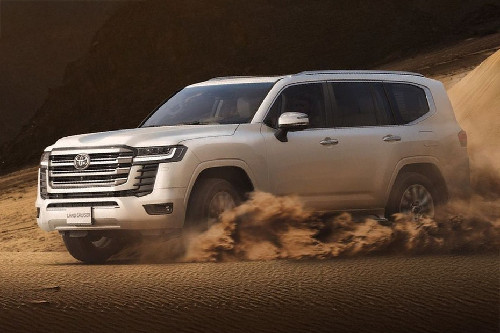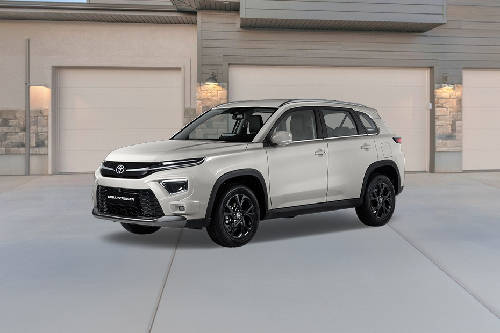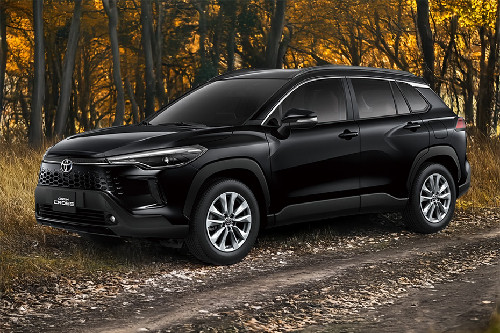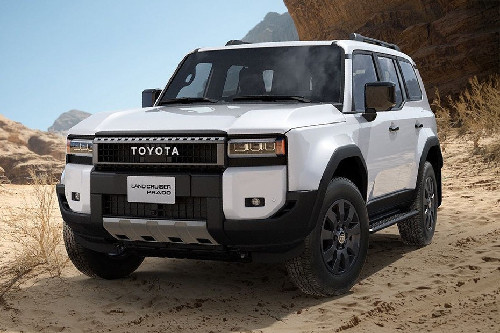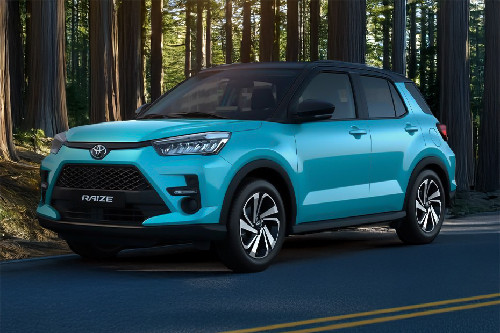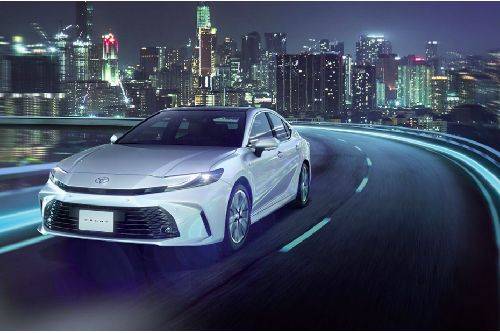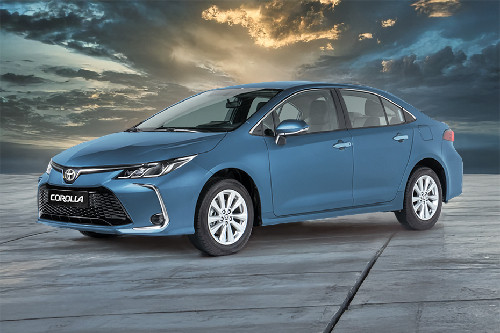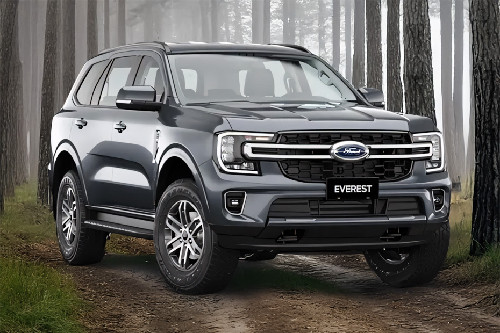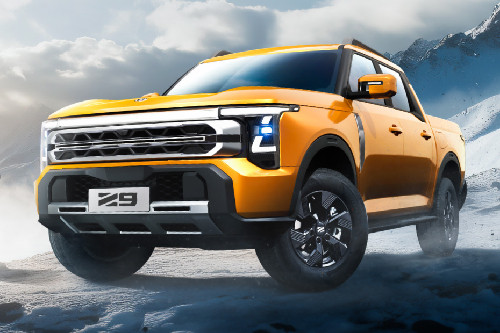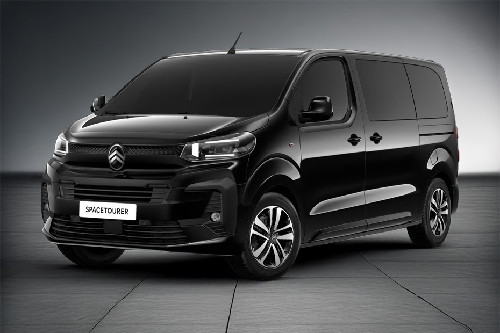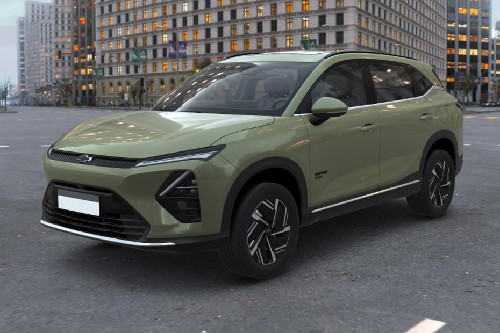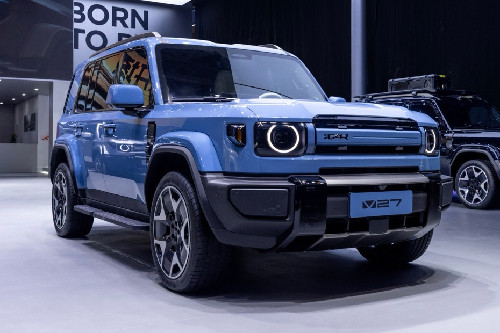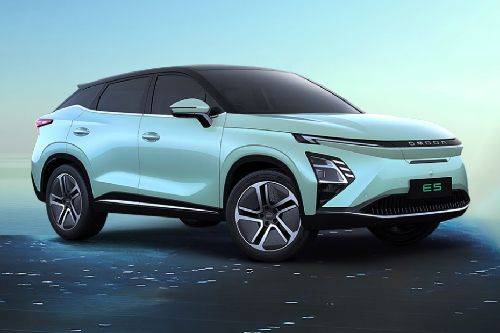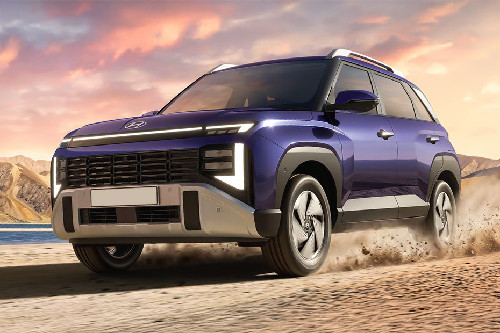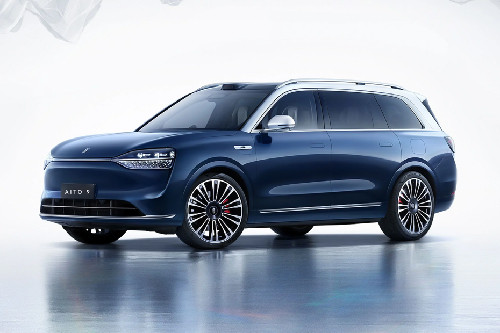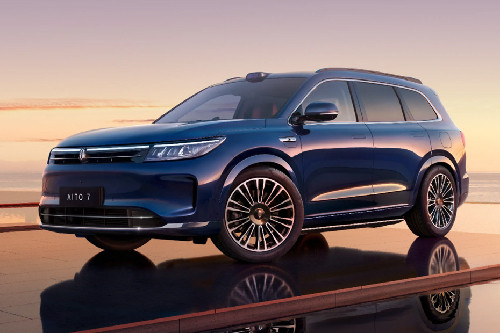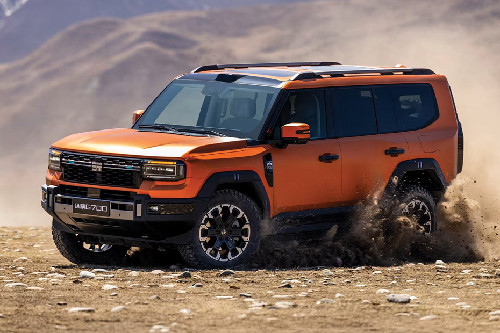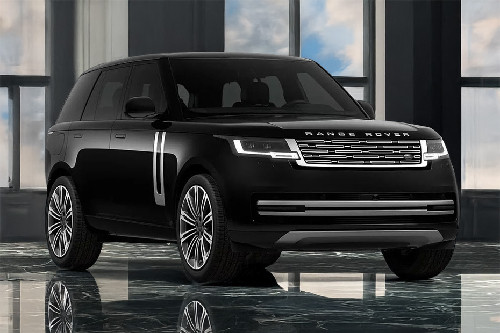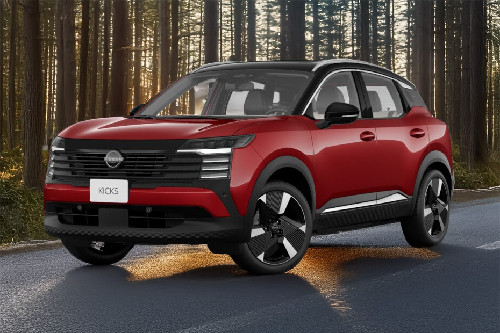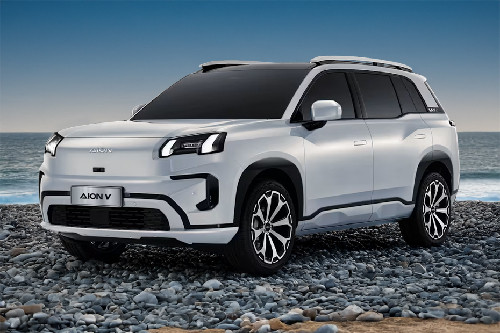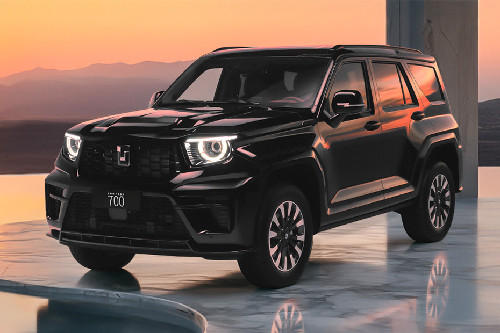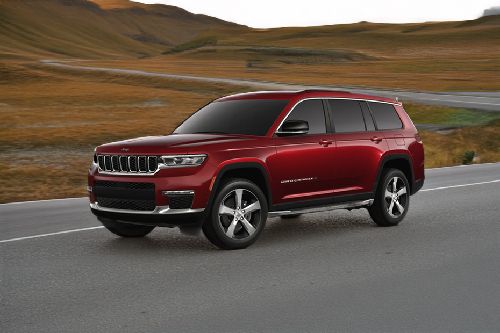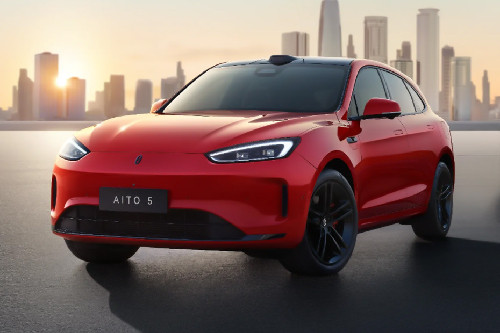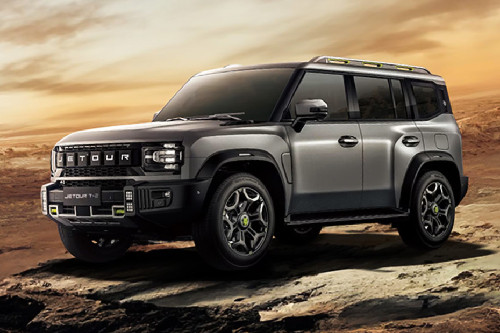Toyota Rush vs RAV4 - The better choice?

Toyota is a well-known automaker that is serving the global market for ages now. Over the years, it has created a name for itself in the quality and reliability department. Talking of the UAE market specifically, Toyota is a brand best known for SUVs. The desert seems to love Toyota badged vehicles gliding over the dunes. To keep its aura intact and name thriving in the department, Toyota is prompt enough to introduce new cars frequently to its lineup. In the year 2018, Toyota introduced two new vehicles - the Rush, a full-fledged sports utility vehicle and the RAV4, a feature-packed crossover.

Today’s point of discussion is, whether a prospective buyer should go for the Rush or RAV4? We’ll be comparing the two cars across different segments like styling, capability, features, safety, and the like. So, read on and know which one of the two Toyota car is your best fit.
Seating capacity

Yes, our first point of discussion is the seating capacity. The Toyota Rush is the bigger one here, its dimensions read 4435 mm x 1695 mm x 1705 mm (L X W X H). It can comfortably accommodate seven adults in its three rows that look quite spacious (third-row is a bit tight though, suitable for kids).

The Toyota RAV4, on the other hand, is a compact SUV and by its stature takes in only five people. What, however, is surprising, is its dimension specs that read 4570 mm x 1845 mm x 1670 mm (L X W X H). This shows that it is lengthier and wider than the Rush, has one row less, and seats fewer people. Meaning that the RAV4 offers more seating comfort, is airer, and comes with a bigger boot space.
Conclusion -
If your’s is a big family, the Rush is a clear choice. However, for a small family man or bachelor, the RAV4 is what we’d suggest.
Capability

As we continue to inspect the Toyota Rush, this car reveals itself as a family-oriented vehicle. It is designed keeping the daily commute requirements in mind and is undoubtedly not for taking the adventure course. Backing it up here is a 1.5-litre inline 4-cylinder engine that pumps out a maximum power of 104 PS at 6000 rpm and a peak torque of 135 Nm at 4200. Also, the only available transmission option, the 4-speed automatic sends power to the rear wheels. Its 4x2 drive terrain along with the long approach and departure angles allows the Rush to travel along rough patches as well. The now EURO 4 compliant badge makes it an eco-friendly car.

Moving our observation spectrum to the RAV4 shows that the compact SUV gets its power from a 2.5-litre 4-cylinder in-line DOHC Dual VVT-I engine. Being the bigger mill out of the two it generates more output, i.e., 178 PS at 6000 rpm and 233 Nm at 4100 rpm. Mated to a 6-speed automatic gearbox, it is available in both 4x2 and 4x4 drive terrain option (depending on the variable you choose). The 2AR-FE motor gives outstanding acceleration performance at low speed and at the same time offers clean emission, reasonable fuel economy, and quietness.
Conclusion -
It is quite clear that the RAV4 is more performance-orientated than the Rush. So, if you need a car for your adventure trips, quick long drives, and fun trips then go for RAV4. The Rush seems to be calmer of the two and should be picked by an office-goer who once in a while likes going out on short fun trips with family and friends.
Features and Price

Fabric seats, central locking, power windows, keyless push start, power steering with controls, automatic air conditioning, and audio system with AM/FM/CD/AUX/USB/BLUETOOTH, sums up the Rush feature list. Necessary and straightforward with no-nonsense addition. Also with 2018 Rush price tag of AED 68,500, we find the above list justified. What impressed us, however, was its safety kit. Being an affordable Toyota car, 2018 Rush specs sheet includes the following safety features -
- Dual Front Airbags
- Side/Curtain Airbag
- Anti-Lock Brake System
- Tyre Pressure Monitoring System
- ISOFIX
- Vehicle Stability Control
- Hill-Start Assist Control
- Emergency Stop Signal
- Anti-theft System with Immobilizer

Talking about the Toyota RAV4, this subcompact SUV is the costlier of the two cars in the discussion. The 2018 RAV4 price starts at AED 89,900, and for that much, a buyer expects an impressive and long feature list. Well, the basic trim offers more or less the features that are provided by the cheaper Rush SUV. However, the more expensive variants come with a few additional features like a leather-trimmed steering wheel, auto-dimming rearview mirror, leather seats, power driver seat, and cargo net. Rest all cabin amenities are tallied with the 2018 Rush.

The exterior, however, comes with a few additions over the Rush like a powered back door, chrome exhaust tip, sunroof, and roof spoiler. As for the safety aspect, the base trims offer all the features mentioned in the Rush list, except for side airbags which here is replaced by cruise control and Electronic Brake-Force Distribution. The range-topping trim of RAV4 along with the above-mentioned Rush safety kit comes along with DownHill Assist Control, and Front Parking Sensor.
Conclusion -
After this segment, our heart is favouring the 2018 Rush. Why? Well, it’s cheap and offers necessary utility features along with a full-blown safety kit. The 2018 RAV4 on the other hand, is expensive and for that extra cost doesn’t seem to offer anything extraordinary.
Final Verdict -
Have a tight budget and need a car that fulfils all the basic commute requirement? Toyota Rush is the one for you.
However, for people more into looks, and in need of a car that surpasses average performance standards - Toyota RAV4 is what we’d suggest.
Toyota Rush vs Toyota RAV 4 Comparison
Toyota Car Models
Automotive News and Reviews
- Latest
- Popular
You might also be interested in
- News
- Featured Stories
Featured Car
- Latest
- Upcoming
- Popular
Trending SUV
- Latest
- Upcoming
- Popular
Compare
You can add 3 variants maximum*- Brand
- Model
- Variant
Choose your city to find options nearby


